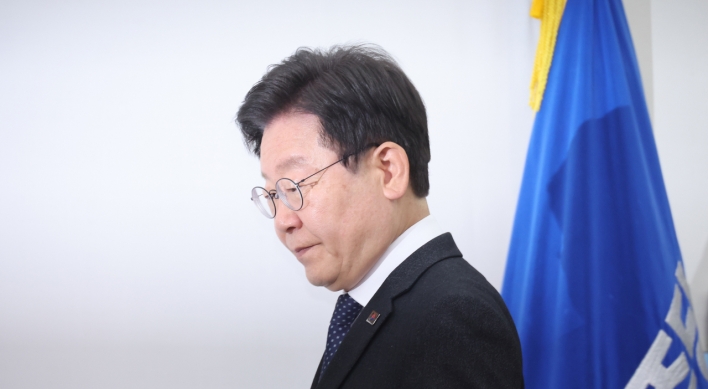S. Korea’s GNI per capita surges 500-fold since Korean War: data
By Jung Min-kyungPublished : Dec. 19, 2019 - 15:16
Since the end of the 1950-53 Korean War, South Korea’s gross national income per capita had increased nearly 500-fold as of 2018, data provided by the nation’s central bank showed Thursday.
The figure is part of the Bank of Korea’s latest data, as it changed its reference year from 2010 to 2015.
According to the updated data, the nation’s GNI per capita stood at $33,434 in 2018, which was 503 times more than the corresponding figure in 1953 of $76.
Before the BOK adopted the new reference year, GNI per capita in 2018 stood at $31,349. GNI per capita in 1953, however, remained the same under both standards.
The figure is part of the Bank of Korea’s latest data, as it changed its reference year from 2010 to 2015.
According to the updated data, the nation’s GNI per capita stood at $33,434 in 2018, which was 503 times more than the corresponding figure in 1953 of $76.
Before the BOK adopted the new reference year, GNI per capita in 2018 stood at $31,349. GNI per capita in 1953, however, remained the same under both standards.

The GNI growth rate amounted to 10 percent per year, as Korea’s income per capita has doubled every seven years since 1953.
Looking closely at each decade, the GNI growth rate per capita witnessed double-digit growth on average for three decades after the end of the Korean War. It increased by 3.6 percent in the 1950s, 10.4 percent in the 1960s, 22.8 percent in the 1970s and 12.9 percent in the 1980s.
The rate has slowed down since the 1990s, averaging out to 6.2 percent in the 1990s and 6.1 percent in the 2000s. It rose slightly, to 6.4 percent, in the period spanning 2010 to 2018. A BOK official cited a rise in the value of Korean won to account for the slight increase. The currency’s value has offset risks stemming from the slowing inflation rate and real income growth rate.
This September, Korea’s economy reported negative inflation for the first time ever, followed by zero growth a month later.
The data also showed that the nation’s nominal gross domestic product had grown nearly 40,000 times in the same 55-year period. It stood at 1,893 trillion won ($1.6 trillion) last year compared with 47.7 billion won in 1953.
GDP growth posted an annual average of 7.2 percent from 1954 to 2018, according to the updated data.
The GNI is the total amount of money earned by a nation’s people and businesses, and combines the country’s GDP and the income from overseas sources in its calculation. GDP is an estimate of the total value of all goods and services produced within a nation for a certain period.
By Jung Min-kyung (mkjung@heraldcorp.com)




![[Herald Interview] 'Amid aging population, Korea to invite more young professionals from overseas'](http://res.heraldm.com/phpwas/restmb_idxmake.php?idx=644&simg=/content/image/2024/04/24/20240424050844_0.jpg&u=20240424200058)












![[KH Explains] Korean shipbuilding stocks rally: Real growth or bubble?](http://res.heraldm.com/phpwas/restmb_idxmake.php?idx=652&simg=/content/image/2024/04/25/20240425050656_0.jpg&u=)

